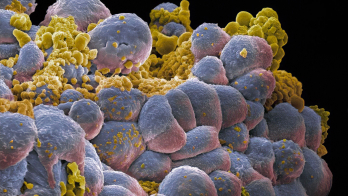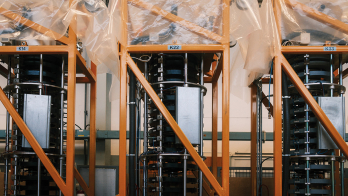By Ugo Amaldi
Springer
Paperback: £19.99 €36.01 $34.99
E-book: £14.99 €29.74 $19.99
Also available at the CERN bookshop

There was a time when books on particle physics for the non-expert were a rarity; not quite as rare as Higgs bosons, but certainly as rare as heavy quarks. Then, rather as the “November revolution” of 1974 heralded in the new era of charm, beauty and top, so the construction of the LHC became the harbinger of a wealth of “popular” books on particle physics, and the quest to find the final piece of the Standard Model and what lies beyond. These books can be excellent in what they set out to do, but few venture where Ugo Amaldi goes – to look at the basic tools that have made this whole adventure possible, and in particular, the accelerators and their builders. Without the cyclotron and its descendants, there would be no Standard Model, no CERN, no LHC. Nor would there be the applications, particularly in medicine, which Amaldi himself has done so much to bring about.
As the son of Edoardo Amaldi, one of CERN’s “founding fathers”, Ugo Amaldi must have the history of particle physics in his bones, and he writes with feeling about the development of particle accelerators, introducing each chapter with personal touches – photos of roads at CERN named after important protagonists, anecdotes of his personal experience, quotes from people he admires. There is a passion here that makes the book interesting even for those who already know the basic story. Indeed, while particle physicists may not be the main audience the author had in mind, they can still learn from many chapters, “speed-reading” the parts they are familiar with, then dwelling on some of the historical gems – such as the rather sad story of the co-inventor of strong focusing, Nick Christofilos, about whom I had previously known little beyond his being Greek and a lift engineer.
For the non-expert, the book has much to absorb, the result of containing quite a thorough mini-introduction to the Standard Model and beyond – the author’s inner particle physicist could clearly not resist. Yet it is worth persevering and reaching the chapters on “accelerators that care”, to use Amaldi’s phrase, to discover the medical applications of the 21st century.
So, this is a book for everyone, and in particular, I believe, for young people. Books like this inspired my studies, and I would like to think that Amaldi will inspire others with his passion for physics.








